In India, discussions around mental health remain stigmatized despite its high human and economic cost. Healthcare workers in India are at a higher risk for mental health problems due to the physical and emotional demands of their profession.
Continue reading “Aaryakumari Matroja, Kristen Gladish, Mercy Mirimo, and Lu Wang’s Presentation on Post Disaster Mental Health care for Healthcare Workers”Julia Bathen, Kelsey Patterson, and Tiffanie Sims’ Wildfire Emergency Response Plan for Rady Children’s Hospital in San Diego, California

Wildfires have posed a historic danger in California, and they are projected to increase throughout the state due to current climate conditions. To help Rady Children’s Hospital in the San Diego better prepare for the wide range of risks associated with wildfire outbreaks, Julia Bathen, Kelsey Patterson, and Tiffanie Sims have developed an emergency response plan.
Continue reading “Julia Bathen, Kelsey Patterson, and Tiffanie Sims’ Wildfire Emergency Response Plan for Rady Children’s Hospital in San Diego, California”Nabila Salisu, Omary Perez, and Katie Parks’ Standard Operating Procedure on Waterborne Pathogens

Waterborne pathogens are a major public health threat that can cause disease outbreaks, hospitalizations, and even death. There are approximately 7.15 million waterborne-related cases reported annually, primarily affecting vulnerable solutions such as children, the elderly, and people with weakened immune systems.
Continue reading “Nabila Salisu, Omary Perez, and Katie Parks’ Standard Operating Procedure on Waterborne Pathogens”Nancy Daneau’s Case Study on the Fukushima Nuclear Disaster
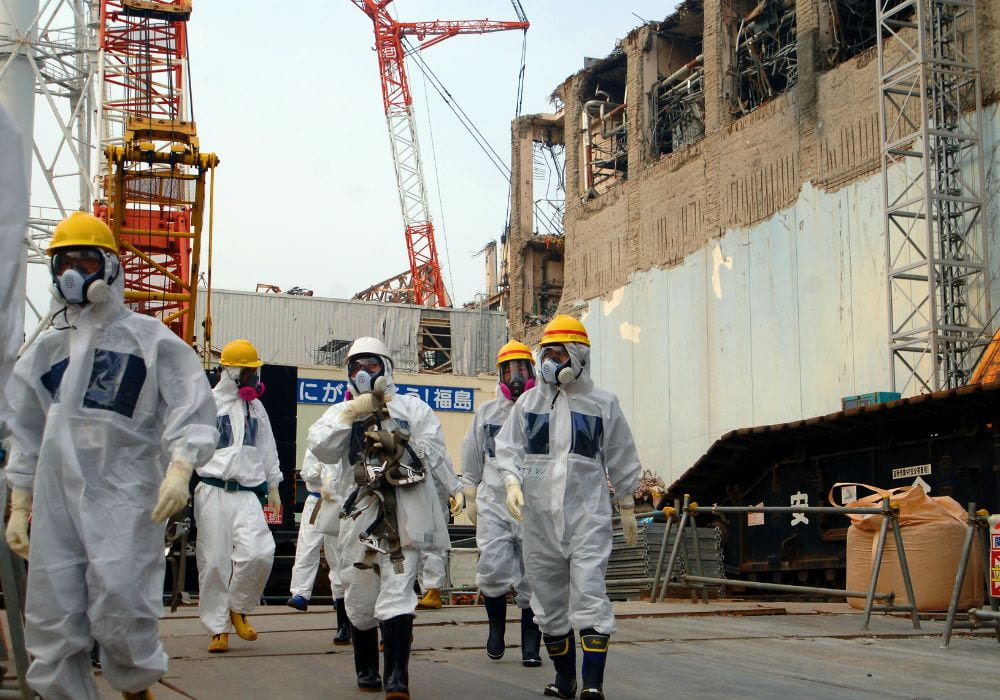
The Tohoku earthquake, the strongest earthquake ever recorded in Japan, caused a tsunami that killed 18,000 people and displaced countless others on March 11, 2011. Widespread infrastructure damage from the tsunami included the Fukushima nuclear power plant which resulted in leaked radiation, explosions, and the forced evacuations of over 150,000 people.
Continue reading “Nancy Daneau’s Case Study on the Fukushima Nuclear Disaster”Annette Mendez, Kyung-Hwa Ashcroft, Corrine Joseph Tendo, and Jahnavi Munagala’s Tornado Emergency Operations Plan for the Nationwide Children’s Hospital in Columbus, Ohio
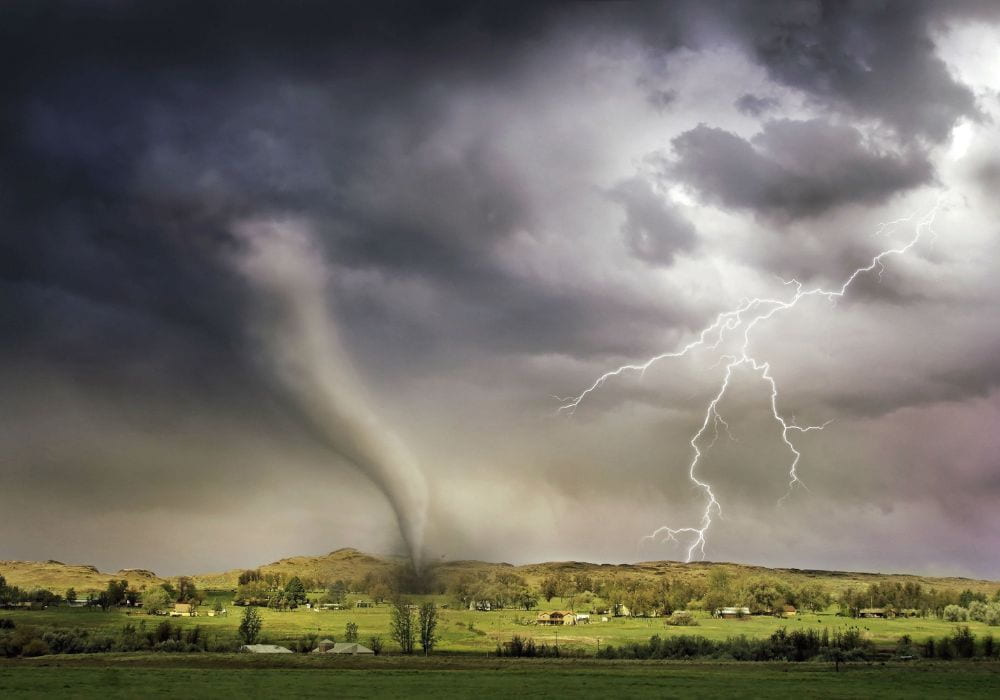
As climate change increases, so does the number and frequency of tornadoes. Over time, there has been a significant amount of damage done to both people and infrastructure, raising concerns about the quality of hospital preparedness in tornado-prone areas around the United States. Annette Mendez, Kyung-Hwa Ashcraft, Corrinne Joseph Tendo, and Jahnavi Munagala developed a Tornado Emergency Operations Plan for the Nationwide Children’s Hospital in Columbus, Ohio, a level-one pediatric acute teaching hospital ranked the 7th best overall Children’s Hospital in the United States.
Continue reading “Annette Mendez, Kyung-Hwa Ashcroft, Corrine Joseph Tendo, and Jahnavi Munagala’s Tornado Emergency Operations Plan for the Nationwide Children’s Hospital in Columbus, Ohio”Whitney Peters, Nancy Daneau, and Afnan Alsufyani’s Active Shooter Preparedness and Response Plan for BMS Family Health and Community Wellness Center, Brownsville, Brooklyn

Brownsville, Brooklyn has one of the highest poverty and crime rates in all of New York City. In this neighborhood lies the BMS Family Health and Wellness Center, providing care for underserved populations through physical therapy, Ob/Gyn care, service during emergency situations, and more. Whitney Peters, Nancy Daneau, and Afnan Alsufyani collaborated with organizations to create a preventative plan for the family health center in the case of an active shooter event.
Continue reading “Whitney Peters, Nancy Daneau, and Afnan Alsufyani’s Active Shooter Preparedness and Response Plan for BMS Family Health and Community Wellness Center, Brownsville, Brooklyn”Katriel Bush, Kristen Smith, and Catrina Turk’s Emergency Operations Plan for Waterborne Illnesses Among Health Clinics in Southern California

Katriel Bush, Kristen Smith, and Catrina Turk created a public health plan to address the prevalence of waterborne illnesses within the Native American community in Southern California. The proportion of affected individuals with waterborne illnesses is statistically higher in Native American populations than in other racial groups. In this plan, Southern California was chosen due to the higher distribution of Native American individuals across the southern cities compared to the Northern California region, leading to a heightened risk of waterborne illnesses within the region.
Continue reading “Katriel Bush, Kristen Smith, and Catrina Turk’s Emergency Operations Plan for Waterborne Illnesses Among Health Clinics in Southern California”Omary Perez’s Case Study on the Bhopal Gas Leak Tragedy
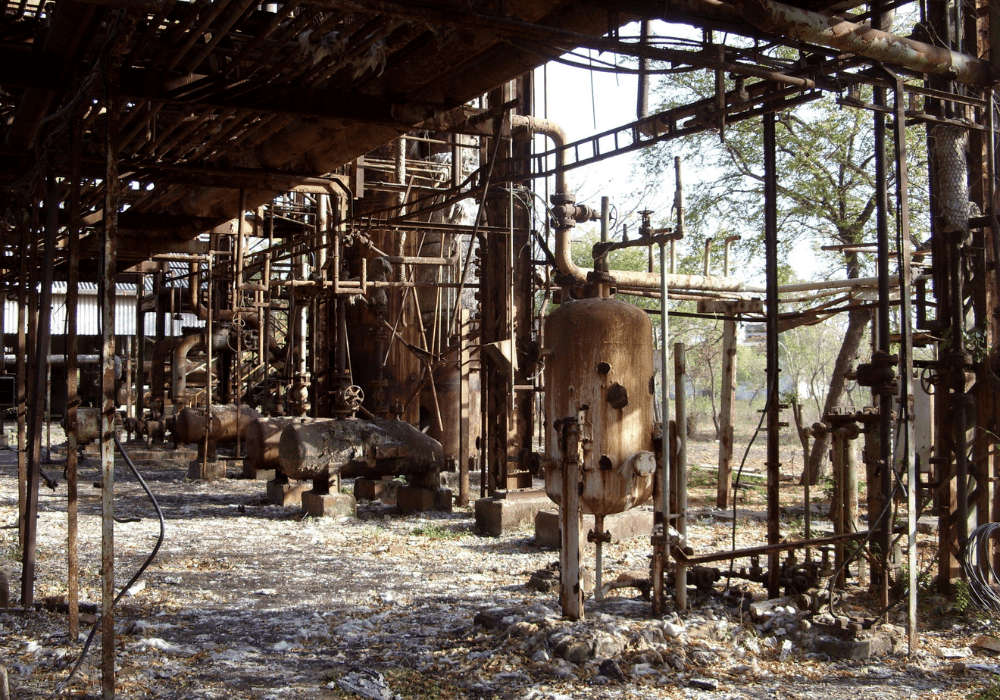
On December 2, 1984, a gas leak at the Union Carbide Corporation (UCC) pesticide plant in Bhopal, India resulted in around 45 tons of toxic chemicals leaking into surrounding neighborhoods. Considered one of history’s deadliest industrial accidents, the event resulted in approximately 15,000-20,000 deaths while 600,000 survivors suffered from respiratory diseases, blindness, miscarriages, and other serious health concerns.
Continue reading “Omary Perez’s Case Study on the Bhopal Gas Leak Tragedy”Nabila Salisu’s Presentation on the 2020 California Wildfires
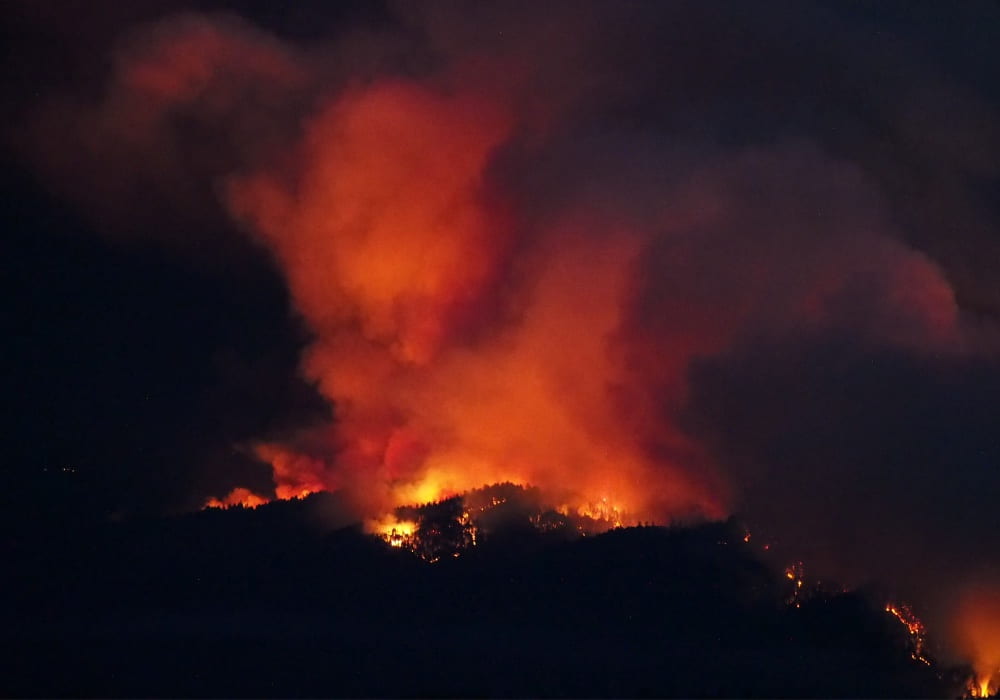
Driven by dry weather, high winds, and human activity, record-setting wildfires burned through California in 2020 igniting the largest wildfire season in modern history. Over 10,000 fires burned through 4.2 million acres of land damaging 2,000 structures and displacing thousands.
Continue reading “Nabila Salisu’s Presentation on the 2020 California Wildfires”Kristen Gladish’s Case Study on the Collapse of Surfside
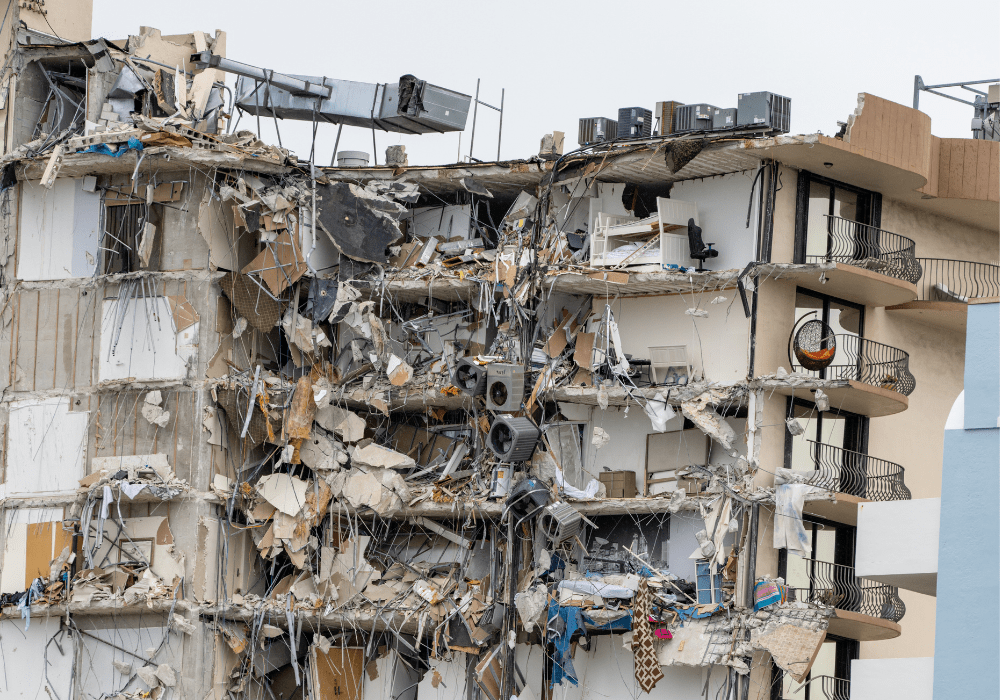
On June 24, 2021, a condominium in Surfside, Florida collapsed, resulting in 98 confirmed deaths and 145 missing. The collapse was likely caused by weakened building structure resulting from a lack of maintenance and corrosion from aggressive storms and rising sea level. The case study by Gladish provides a detailed analysis of this incident, its management, and its epidemiological aspects.
Continue reading “Kristen Gladish’s Case Study on the Collapse of Surfside”